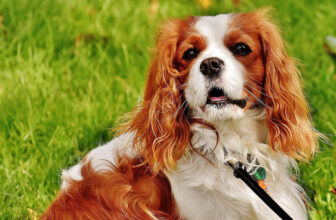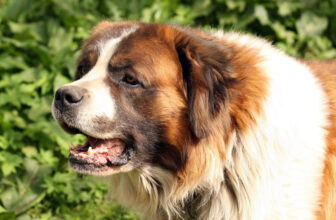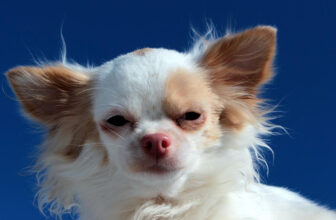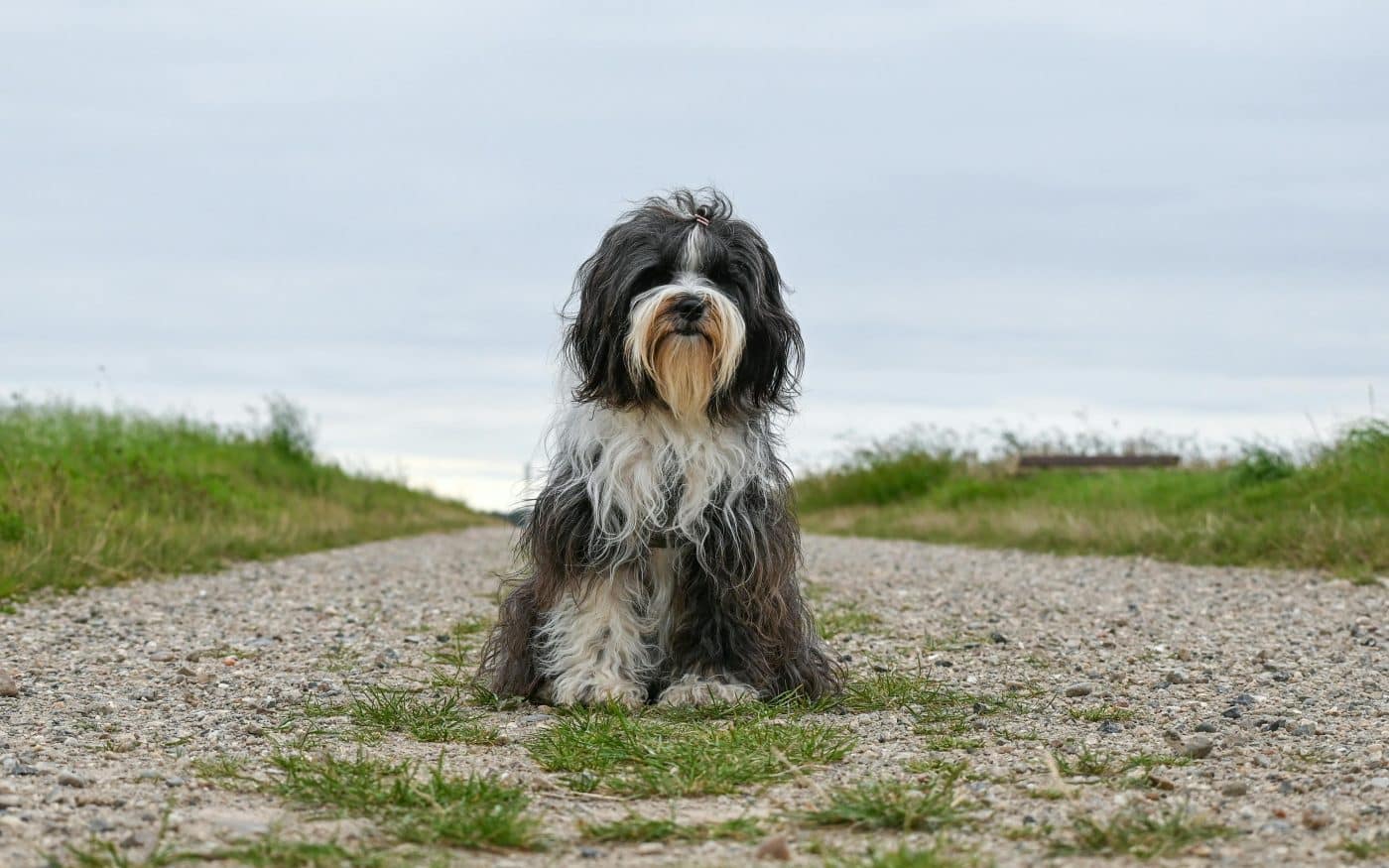
Check out our latest products
Shutterstock
Before animated sidekicks and talking animals stole the spotlight, dogs had already carved out their place in early children’s books and timeless fables. These canine characters weren’t just background fluff—they symbolized loyalty, courage, mischief, and heart. From ancient legends to well-worn bedtime stories, certain breeds stood out as floppy-eared heroes, clever companions, and life lesson messengers. Whether guarding a cottage in a Grimm tale or saving the day in a Victorian picture book, these dogs weren’t just pets—they were childhood icons with paws firmly planted in literary history.
Bloodhound

Shutterstock
With their droopy ears and powerful noses, Bloodhounds often appeared in old tales as the determined trackers who never gave up. Known for their incredible scenting ability, they were the go-to breed in stories involving missing items, hidden treasure, or runaway children. Their serious, solemn expression made them look wise, perfect for roles requiring a dog with a sense of purpose. Whether sniffing out clues or leading the way home, the Bloodhound was often the silent, sniffing hero of many traditional tales. They looked like they’d just come out of a Sherlock Holmes side plot.
Collie

Shutterstock
No breed screamed “storybook loyalty” like the Collie, partly thanks to tales that eventually inspired “Lassie.” Even before TV fame, Collies were featured in stories as intelligent herders who always knew when a child had wandered too far or fallen into trouble. Their flowing coats and regal statures made them easy to describe in literature, and their bravery and gentleness made them beloved by young readers. If there was ever a character who fell in a well or got lost in the woods, a Collie wasn’t far behind to save the day. Basically, they were the firefighters of fairy tales.
Dachshund

Shutterstock
Dachshunds popped up in fables and early European children’s books as comical, curious little dogs who often got into more trouble than they could chew—sometimes literally. With their long bodies and tiny legs, they were naturals for exaggerated illustrations and silly scenarios. But they were also portrayed as brave beyond their size, standing up to bigger dogs or even wild animals. Their strong personality made them perfect for stories that had a touch of whimsy and mischief. Also, they were fantastic at being underfoot in illustrations, just like real life.
Saint Bernard

Shutterstock
Saint Bernards had a noble aura in old tales, often portrayed as mountain rescuers or gentle giants who helped travelers lost in snowstorms. Inspired by their real-life work with the Great St. Bernard Hospice monks, they became literary symbols of selflessness, strength, and warmth. Children’s books often used them as the guardian figures—massive, calm, and full of heart. They were often seen carrying barrels (which we now know is a myth), but even fictional dogs need snacks in stories. Their cuddly image and lifesaving legacy made them stars in alpine fables and cozy cabin stories.
Tibetan Terrier

Shutterstock
Despite the name, the Tibetan Terrier isn’t a true terrier, but in ancient Eastern stories and early children’s teachings, they were known as the “luck bringers” or “monastery companions.” These shaggy dogs were often featured as spiritual guides or magical helpers, appearing when the young protagonist was at a crossroads, both literal and metaphorical. They embodied wisdom, mystery, and intuition, showing up quietly in fables to guide characters toward the right path without ever barking a word. Their mystical reputation made them staples in tales about personal growth and finding one’s true path. Plus, that hair was made for dramatic, windswept illustrations.
Poodle

Shutterstock
In old French tales and Victorian-era storybooks, Poodles were often written as refined, intelligent, and sometimes a bit snobby—perfect for teaching kids not to judge a book by its cover. They appeared as circus performers, pampered pets, or surprisingly wise advisors to other animals. Their elegant appearance made them fun to draw with frilly collars and dramatic hairstyles. But in most stories, they had hidden depth and always proved helpful in a pinch, reminding readers that fluff doesn’t mean foolish. Poodles were the tutors of the fairy tale dog world.
Bulldog

Shutterstock
Bulldogs were often used in early illustrated stories to represent loyalty and bravery, particularly in stories set in Victorian London. With their stocky build and strong jaws, they played roles that emphasized determination and grit. Bulldogs appeared in wartime fables, urban tales, and even humorous children’s books as the tough-on-the-outside, sweet-on-the-inside companion. Their sleepy faces and lumbering walks made them endearing characters kids could laugh at but still admire. If there was a bully to stand up to or a mystery to guard, the Bulldog was on the case—slowly, but faithfully.
Greyhound

Shutterstock
In ancient fables and classic European literature, Greyhounds were seen as noble, swift, and elegant—often accompanying royalty or featuring in moral tales about pride and humility. Their sleek appearance made them stand out, and their speed symbolized agility and grace. Whether chasing after enchanted hares or delivering messages through magical lands, Greyhounds were the aristocrats of early dog storytelling. They weren’t just pets but part of the plot, running with purpose and poise. Think of them as the literary equivalent of an elite courier service with long legs and good manners.
Finnish Spitz
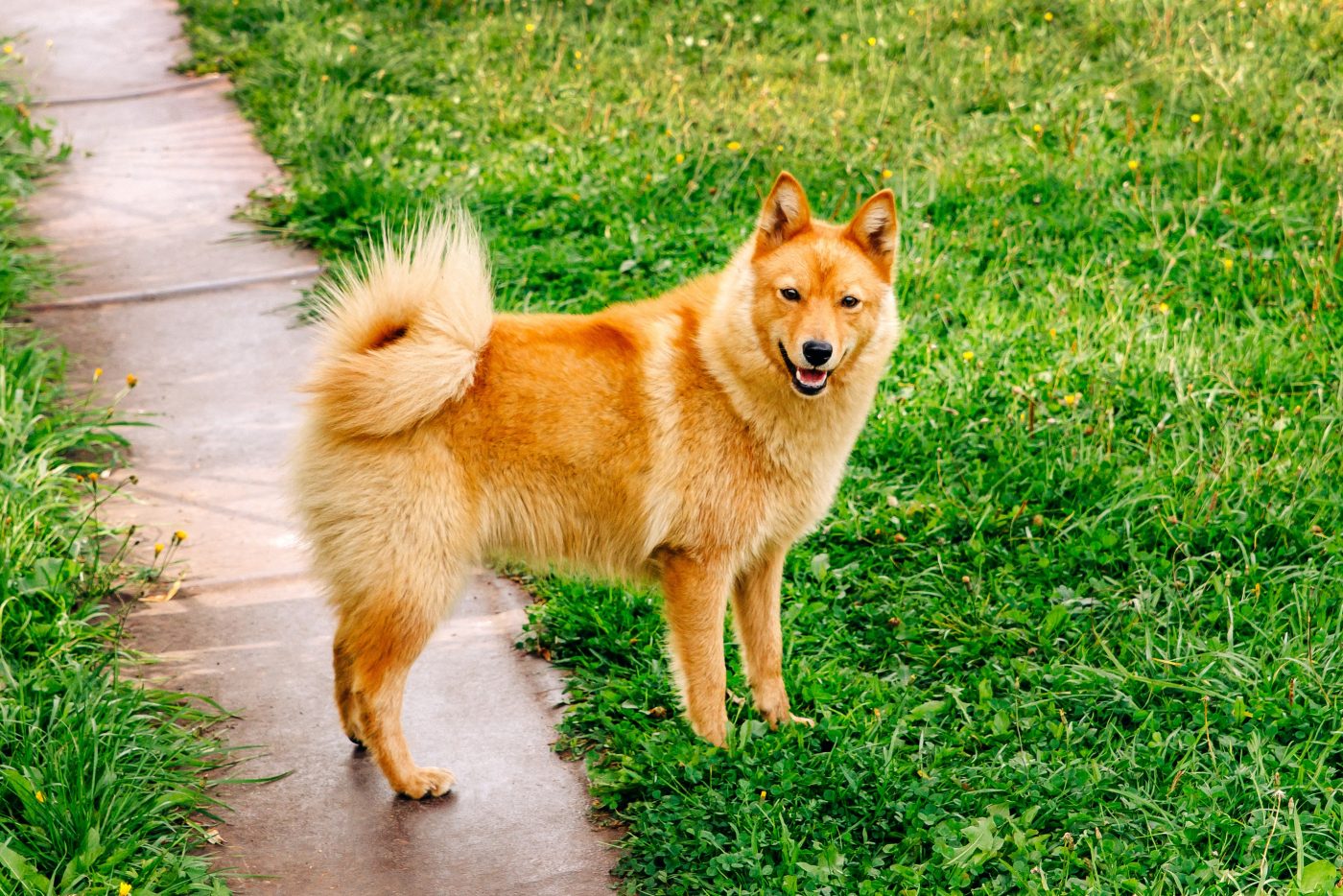
Shutterstock
With its fox-like appearance and lively bark, the Finnish Spitz often played the clever observer in old Nordic fables and forest-based children’s stories. Agile and curious, this breed was perfect for tales involving enchanted woods, talking animals, or mysterious travelers who needed a quick-witted companion. In some stories, they were portrayed as messengers between realms or guides to lost souls in magical lands. Their bright red coat made them easy to spot in illustrations, and their sharp minds made them memorable characters. If you ever read a tale involving a mysterious, talking forest dog—odds are, it had some Finnish Spitz flair.
Mastiff
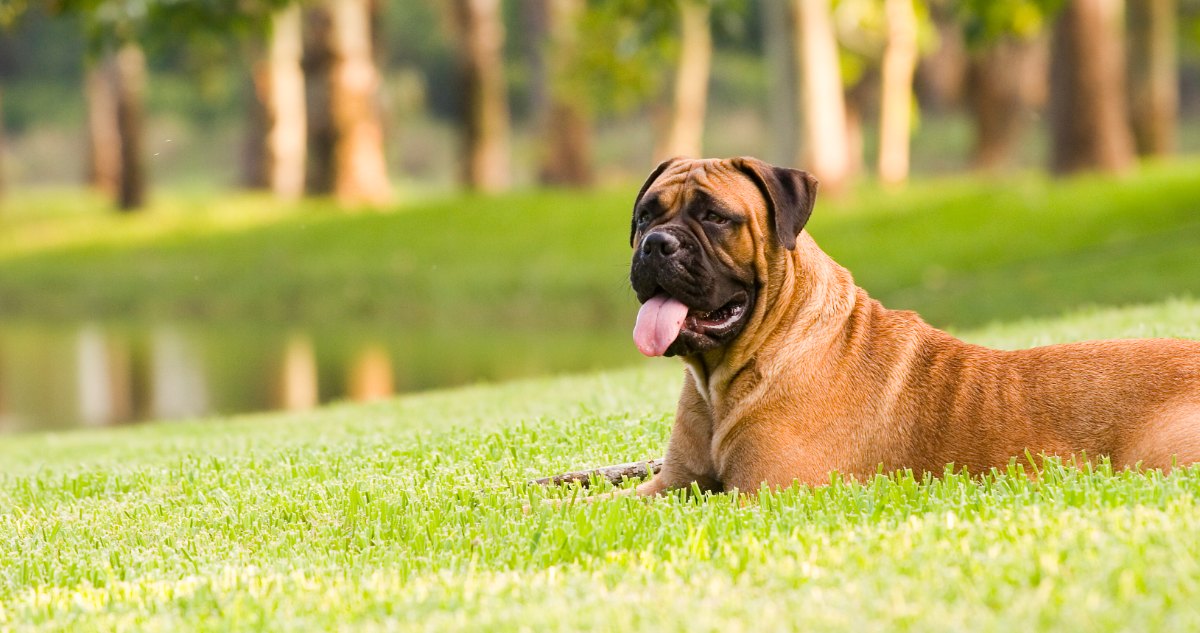
Shutterstock
Mastiffs appeared in folklore as the noble guard dogs of castles, ruins, or ancient villages. They were often described as protectors—massive in size, slow to anger, and fiercely loyal to their families. In tales involving knights or mysterious lands, they often stood at gates or followed their masters through eerie forests, lending both muscle and majesty. Their presence alone was enough to make villains hesitate and children feel safe. Think of them as the boss-level support character in any medieval dog-friendly fable.
Chihuahua

Shutterstock
Though small, Chihuahuas found their way into early Latin American folklore, often portrayed as magical or mystical beings. With their big eyes and commanding personalities, they symbolized wit, intuition, and tenacity. Stories sometimes cast them as clever tricksters or spirit companions to children or travelers. Their petite size made them excellent “pocket heroes” in books where tiny characters changed the course of big events. And really, is there any dog more confident about being the main character?
Akita
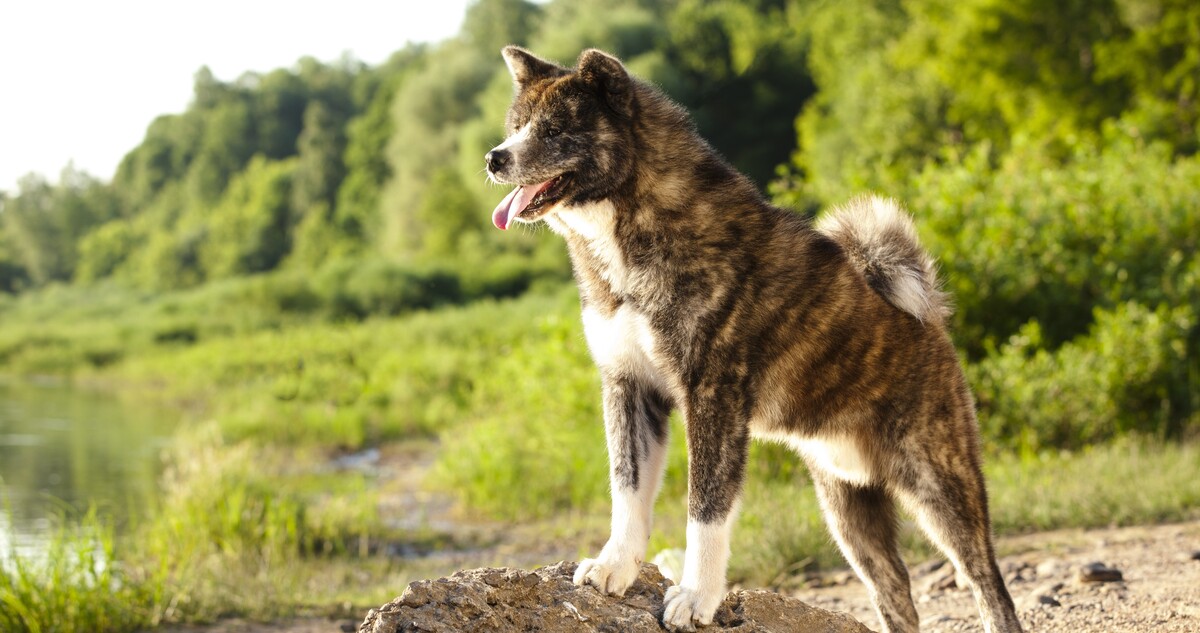
Shutterstock
Akitas were immortalized in many Japanese legends and children’s stories as symbols of loyalty and spiritual strength. Inspired by real-life tales like Hachikō, Akitas were often written into fables as guardians, silent warriors, or companions to wandering children. Their quiet dignity and protective nature made them perfect for teaching love, loss, and devotion lessons. These dogs weren’t just background fluff but emotional anchors in narratives about family and sacrifice. Their presence always meant something was about to matter.
Sheepdog (Old English or General Herding Type)
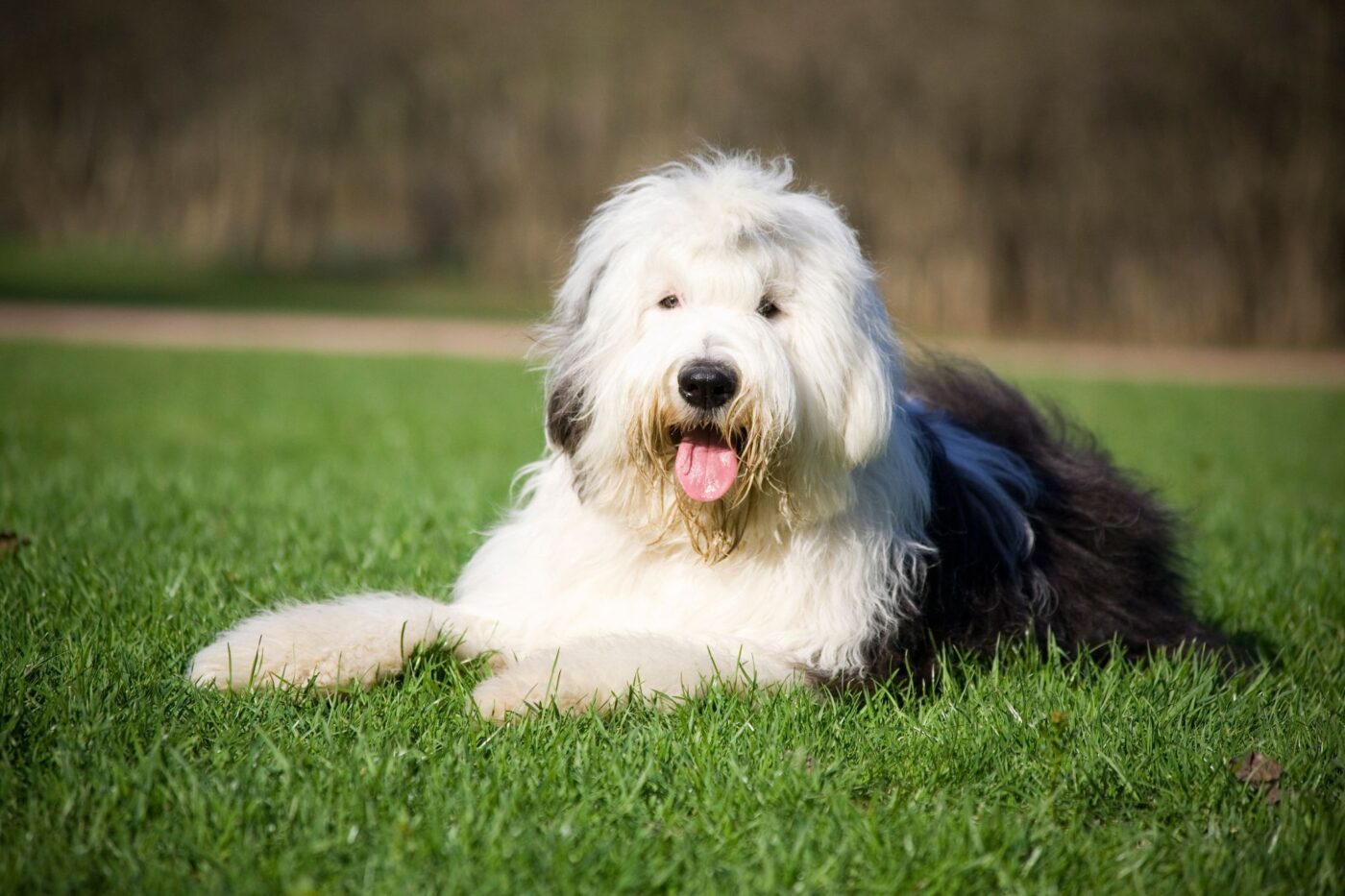
Shutterstock
Sheepdogs were the hard-working, good-natured sidekicks in stories set on farms, countrysides, or enchanted meadows. With a keen sense of duty and an occasional comic clumsiness, they became go-to characters for tales about diligence, cooperation, and kindness. Whether guiding lost lambs or helping a young protagonist learn responsibility, the sheepdog’s role was always about doing the right thing—even if they tracked mud through the entire castle to do it. They were the relatable working-class heroes of early storybooks. Fluffy is dedicated and always slightly confused, but in the best way.
The Tail-End of a Very Good Tale

MidJourney
These dogs weren’t just background fluff in early children’s tales—they were brave, clever, and often the unsung heroes of the story. Whether outsmarting villains, guarding the innocent, or simply offering comfort with a nuzzle and a bark, they left paw prints on every page. They taught lessons, sparked laughter, and reminded us what loyalty looks like. So next time someone calls a dog “just a pet,” remember: in the best stories, the dog often steals the scene—and sometimes saves the day too.







![[5G & 2.4G] 2K Indoor Security Camera for Home Security, AI Voice Change for 2-Way Talk, Motion Detection, Night Vision, 24/7 SD Recording/Cloud Storage, WiFi Home Camera, Pet Cam with Phone App](https://i3.wp.com/m.media-amazon.com/images/I/61I2U+sTT3L._AC_SL1500_.jpg?w=300&resize=300,300&ssl=1)



